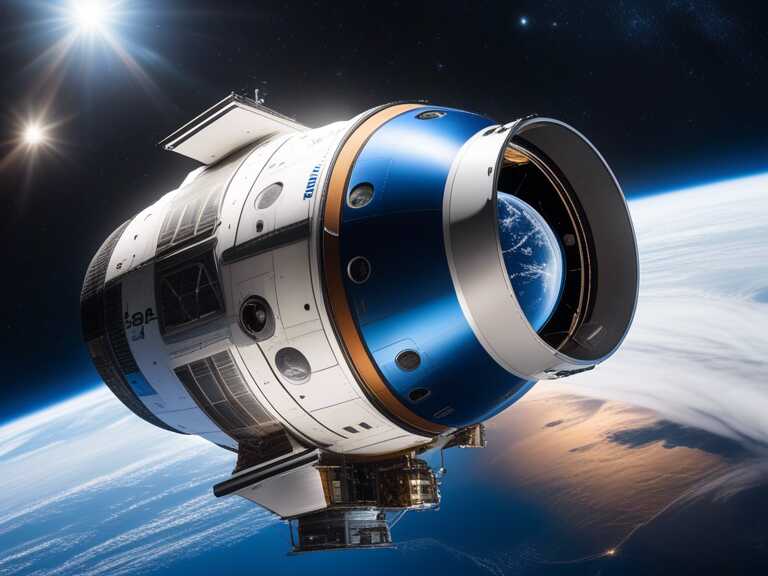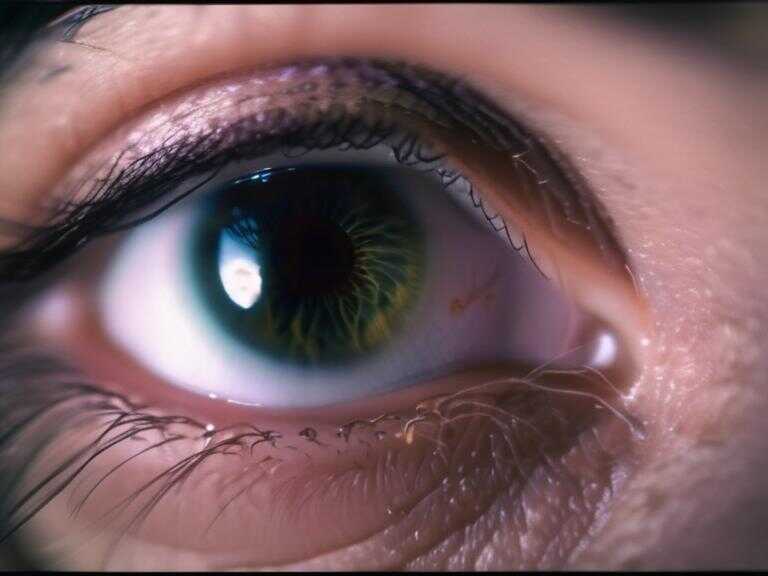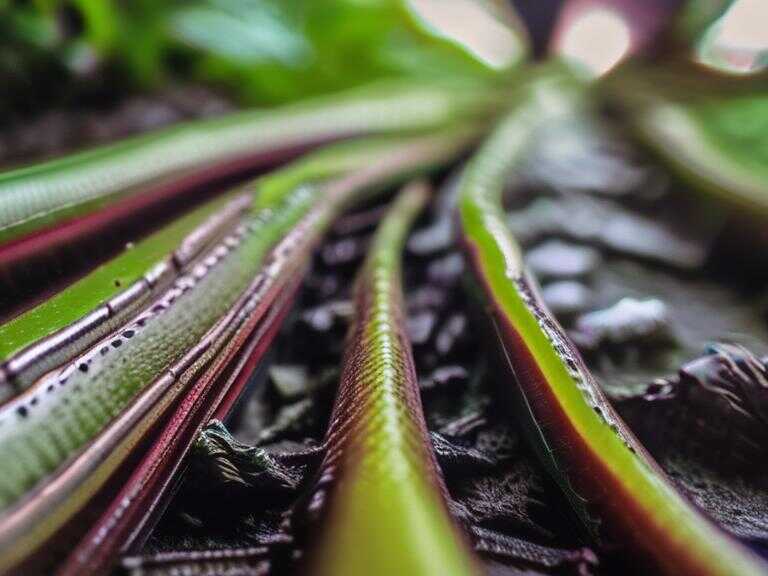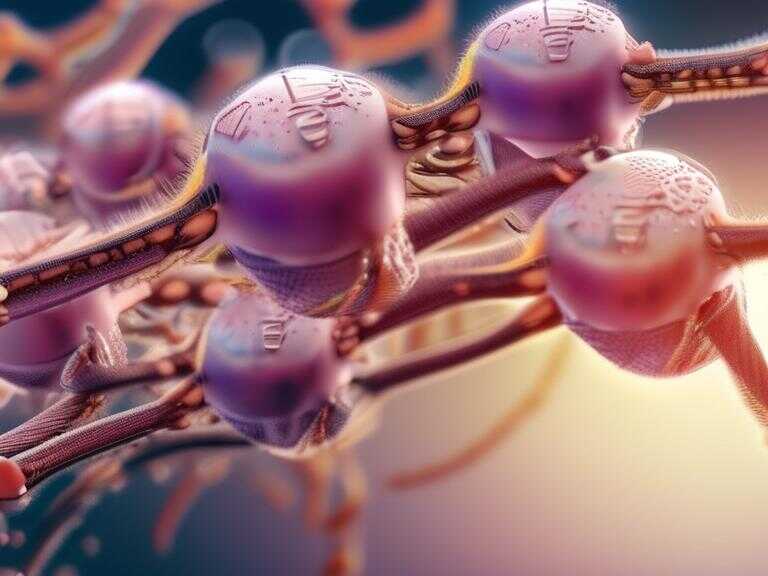
NASA Confident Boeing's Starliner Can Safely Launch Despite Small Helium Leak
NASA confirms Starliner can launch safely on June 1 despite helium leak, after thorough analysis and necessary delay.

After an extensive period of testing and data analysis, NASA managers have announced that Boeing's Starliner crew capsule is set to launch on June 1, following a near one-month delay. Regarding a small helium leak in the ship's propulsion system, NASA has confirmed that it does not pose a safety concern for the upcoming launch.
Steve Stich, manager of NASA's Commercial Crew Program, expressed confidence in the safety of the Starliner, stating that even in the event of a complete failure of a specific thruster's rubber seal, the capsule could still fly safely. Stich emphasized that the thorough analysis and understanding of the helium leak and its potential impact have necessitated the launch delay.
The Starliner, carrying NASA crew members Barry "Butch" Wilmore and Sunita Williams, is scheduled to launch at 12:25 p.m. EDT on June 1 from the Cape Canaveral Space Force Station atop an Atlas 5 rocket. If successful, the crew will dock at the International Space Station the following day and return to Earth on June 10.
Previous Setback and Resolution
The Starliner's initial launch attempt on May 6 was halted due to an issue with an oxygen pressure relief valve in the Atlas 5's Centaur upper stage. Concurrently, a small helium leak in one of the Starliner's propulsion modules was also identified, leading to the comprehensive investigation and analysis that followed.
Mitigation Efforts
To address the identified helium leak, NASA and Boeing opted for tests and analysis to fully comprehend the issue and its potential implications during flight. While the observed leak rate did not raise concerns, the focus was on gaining confidence in its stability and ensuring the integrity of other systems.
Redundancy Concerns
During the investigation, a potential vulnerability in the system was revealed, indicating a loss of redundancy for the thruster firing needed to drop out of orbit for re-entry in rare scenarios involving trouble with adjacent doghouses. To mitigate this, a redundant method for the orbit burn has been devised in collaboration with the thruster vendor, Boeing, and the NASA team.
The thorough analysis and resolution of the helium leak issue have provided valuable insights and improvements for the Starliner's system. With the confirmed safety of the upcoming launch, NASA and Boeing are gearing up for the mission on June 1.
Share news















